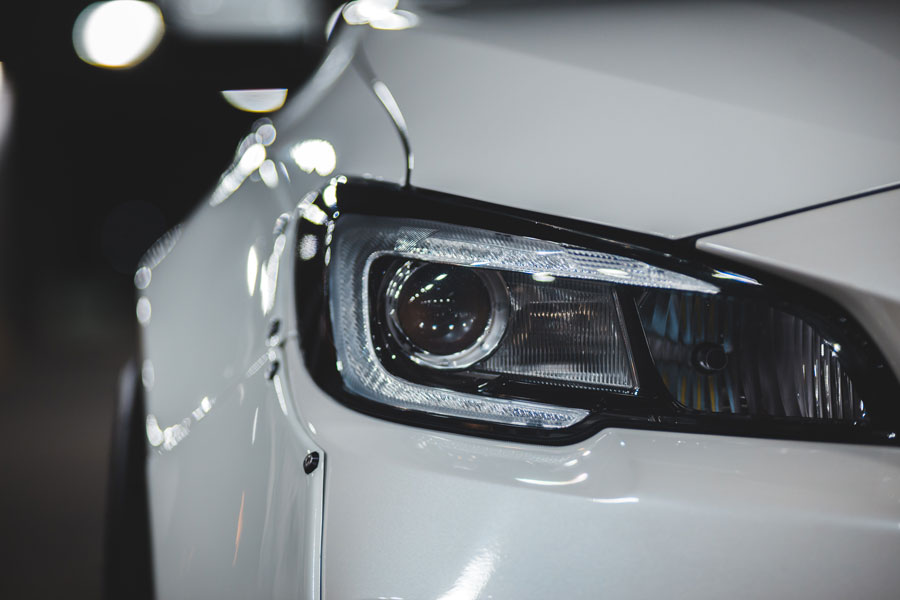LED headlights have become increasingly popular in recent years and are now found in many modern vehicles. But what happens if these headlights have a fault?
LED headlights use light emitting diodes to generate light that is similar to natural daylight. White LEDs have a colour temperature of around 5500 Kelvin, while daylight is around 6000 Kelvin. By comparison, headlights with xenon glow-discharge lamps have a colour temperature of around just 4000 Kelvin.
LED headlights: Advantages and disadvantages
LED headlights have a significantly longer service life than conventional halogen lamps. Depending on the manufacturer, they can last around 20000 to 50000 hours or more, using less energy, which can reduce power consumption. In contrast to xenon lamps that require a certain warm-up time, LEDs emit their full light intensity immediately after switching on. There is also another advantage for car manufacturers: More compact dimensions mean that LEDs can be integrated into different shapes and designs. But light often goes hand in hand with shadow. LED headlights are more expensive than conventional headlights, for example. But the biggest nuisance for drivers: In most cases, it's not possible to replace just a single LED in the event of a fault. The entire headlight needs to be replaced, resulting in higher costs for the end customer.
Possible sources of faults in LED headlights and their causes
One possible fault source: A fault in the control electronics, which can cause the LED headlight not to work. If water or moisture enters the headlight, this can lead to a short circuit or other damage. As with halogen or xenon headlights, a shock or impact can also damage the sensitive LEDs. And despite their durability, LEDs can also lose brightness over time or fail completely. Like humans, LEDs also have a comfortable temperature range of between -20 °C and 30°C. The LED headlights can age faster in extreme temperatures.
Travelling through the night without glare - thanks to matrix light
Matrix light, often referred to as "adaptive light", is a technology where several LED light sources can be controlled independently of each other. This makes it possible to specifically illuminate or darken certain areas of the road without subjecting other road users to glare. For example, the system can detect vehicles approaching in the opposite direction and adjust the beam of light so that they are not blinded. A very good option, which is usually costs extra, but this function relies on several functional LEDs and if some of them are defective, the entire headlight must also be replaced in this case. For the matrix light to work, the sensors and cameras of the vehicles must also be in perfect condition.
Laser remote light: More light = more visibility = more safety
Laser technology will be used much more frequently in headlights in the future. The blue light of a laser diode is focused, deflected and then sent to a converter via prisms. The blue laser light is converted into white light here using a phosphorus element. This light has a colour temperature of 5500 Kelvin, similar to daylight or LED headlights, but with a higher light output. The laser is mainly used for high beams for this reason. Safety mechanisms prevent the potentially harmful blue laser light from being emitted directly, it is deflected. If a fault occurs, however, the entire headlight must also be replaced in this case, since individual components are not interchangeable.
LED headlight faulty? Repair is not possible!
LED headlights - just like matrix and laser headlights - offer many advantages, from better energy efficiency to greater design flexibility. However, as with any technology, there are also disadvantages and potential fault sources. For workshops, this means continuing training and getting familiar with the latest technologies in order to advise and serve their customers as effectively as possible. For end customers, it is important to be clear about the advantages and disadvantages and to visit a trustworthy workshop in the event of a fault, as it's not possible to simply replace the bulb yourself. The specialist workshop has to replace the headlight and then adjust it again to ensure that the road is well lit and the other road users are not blinded.

